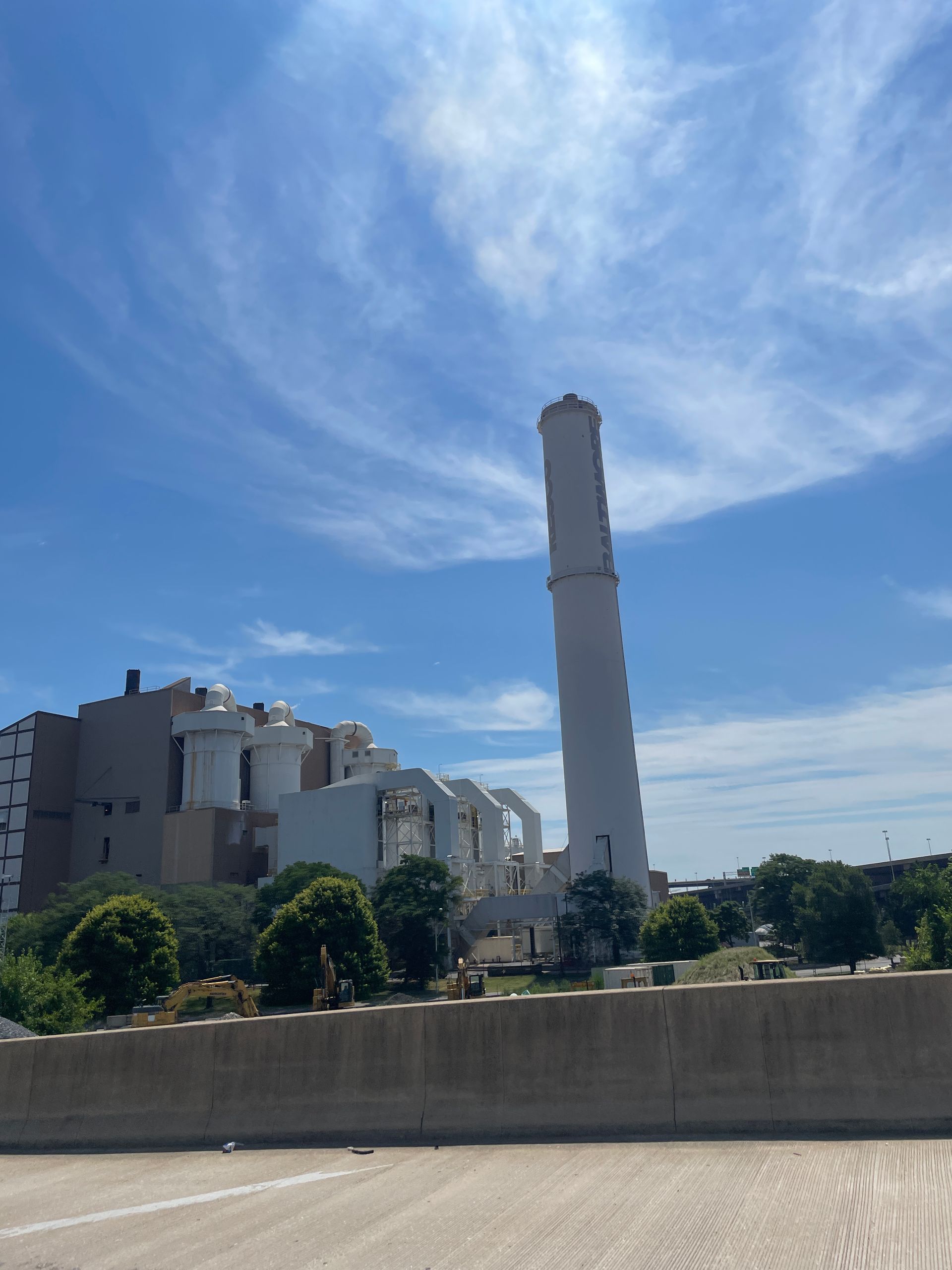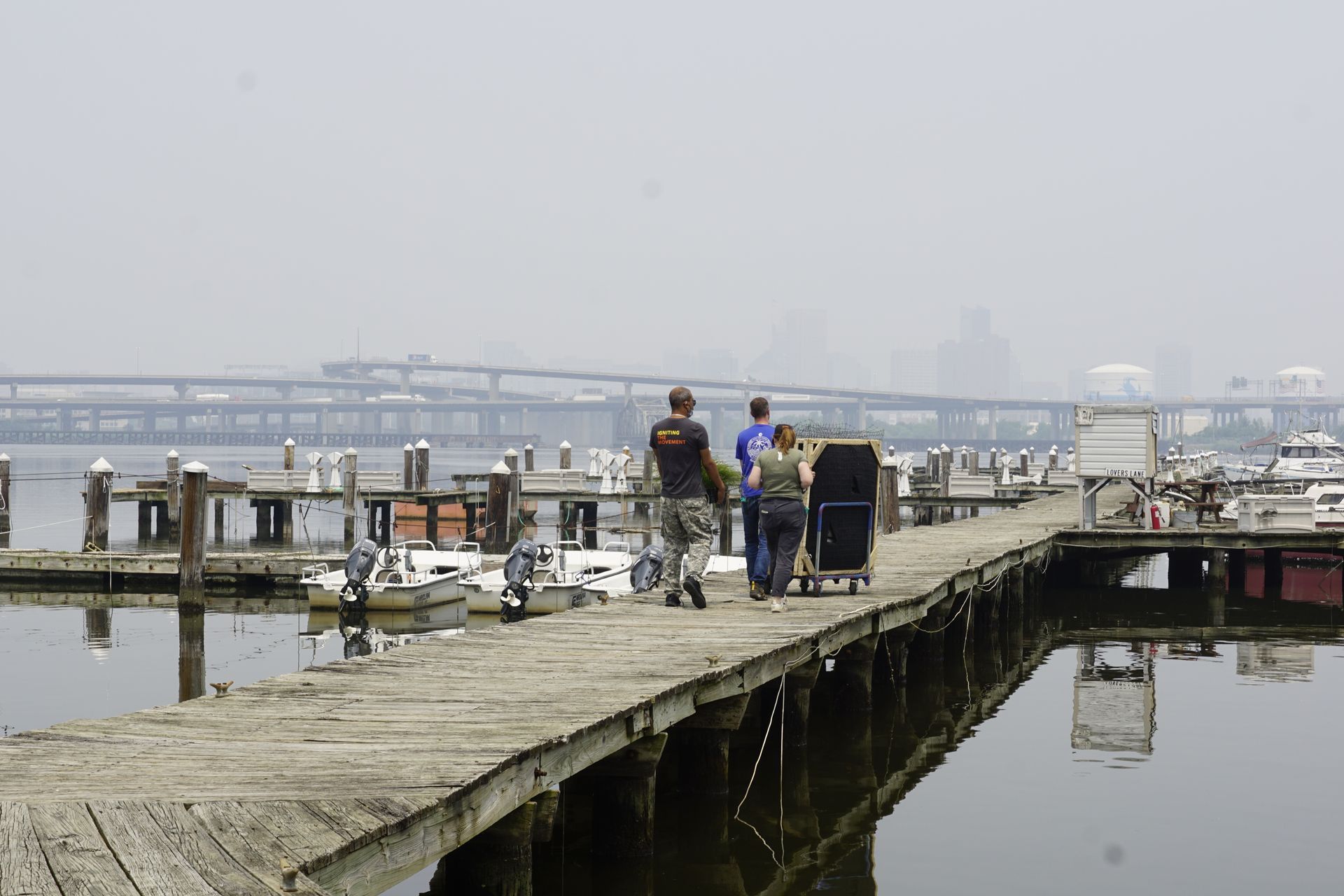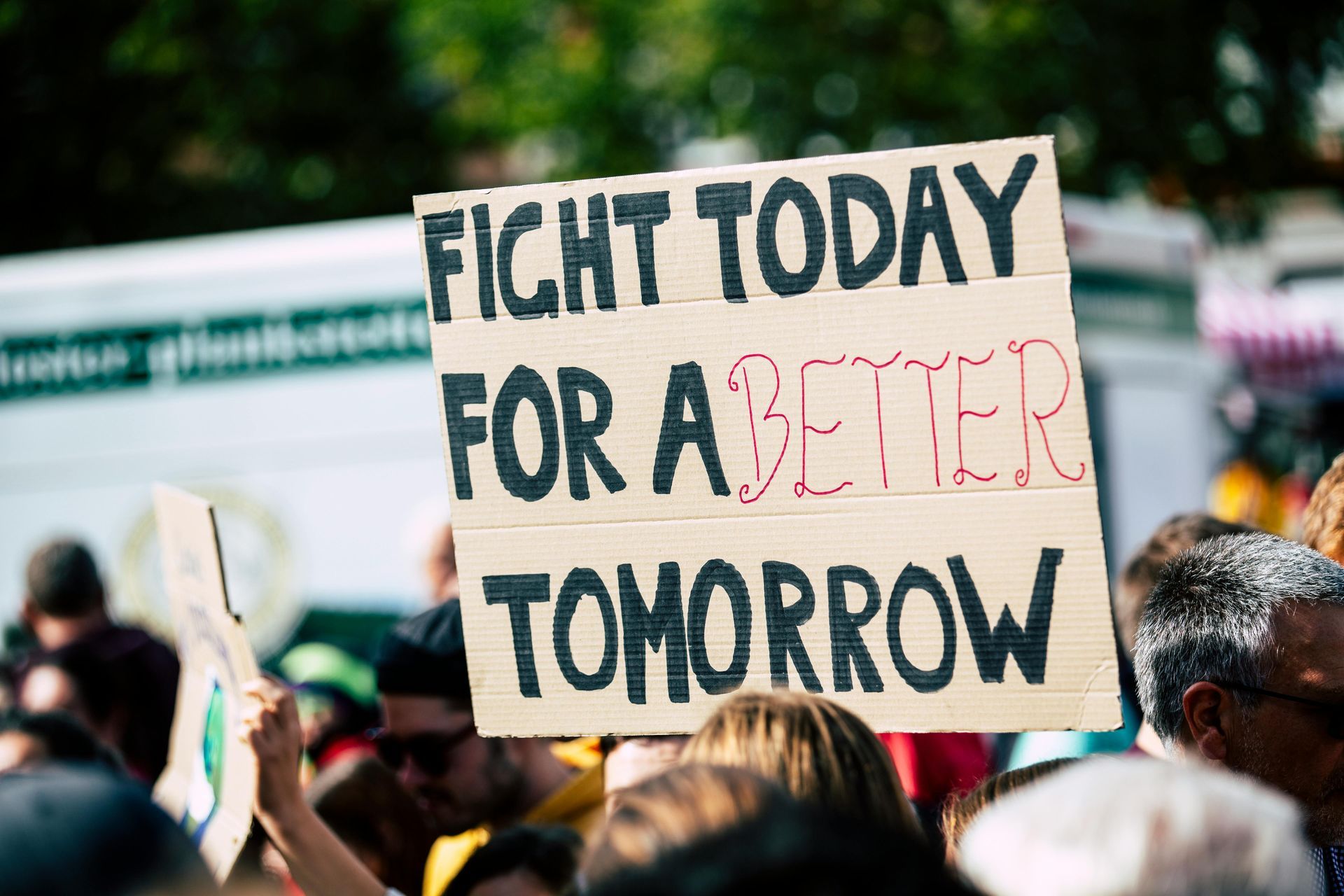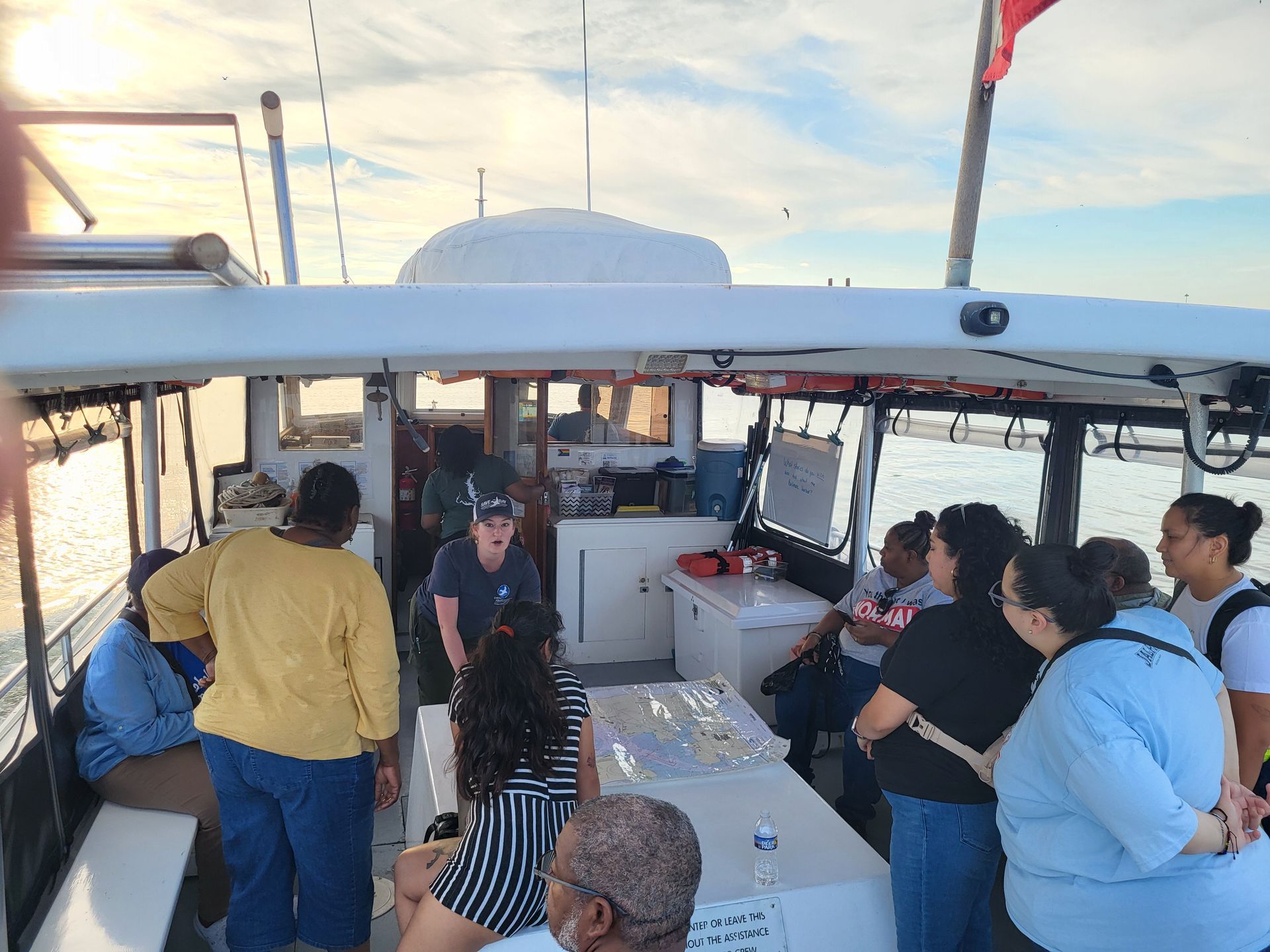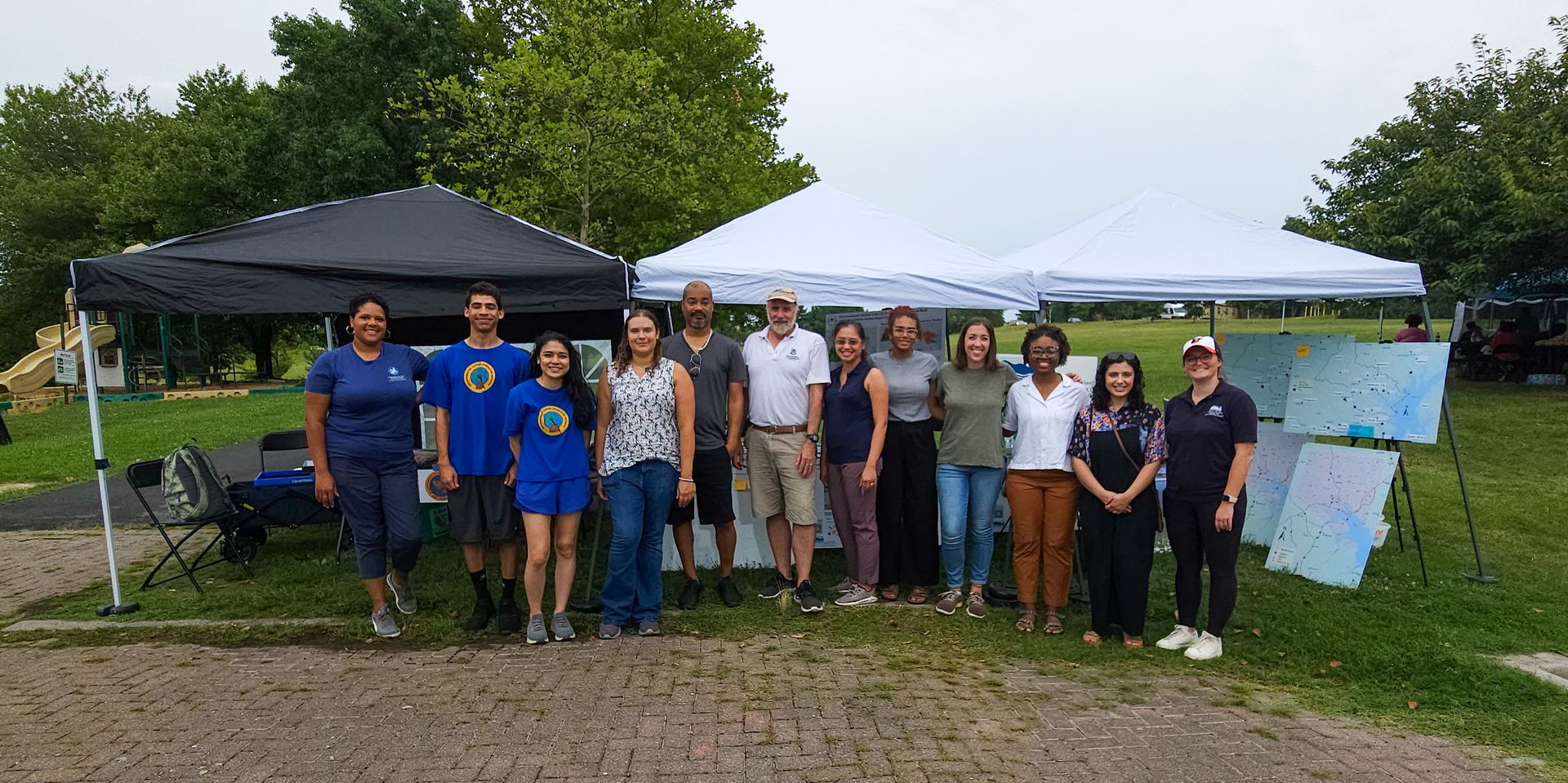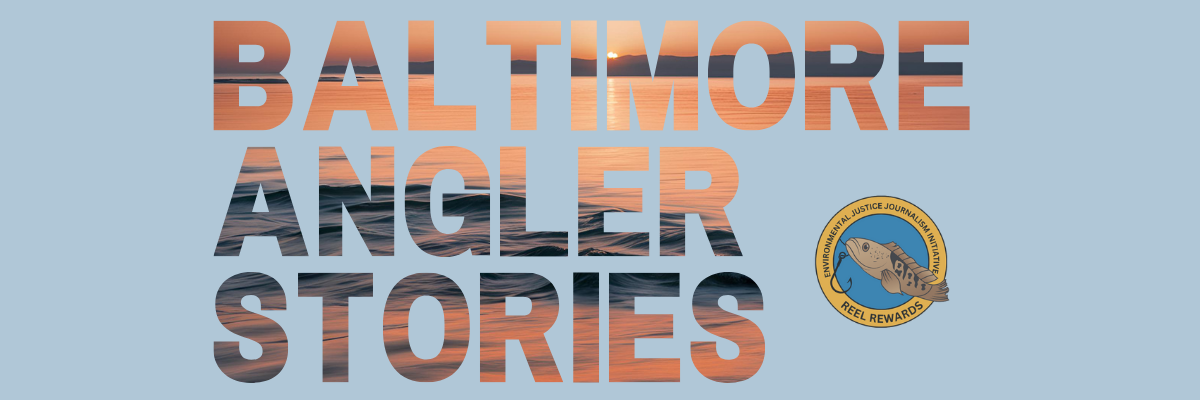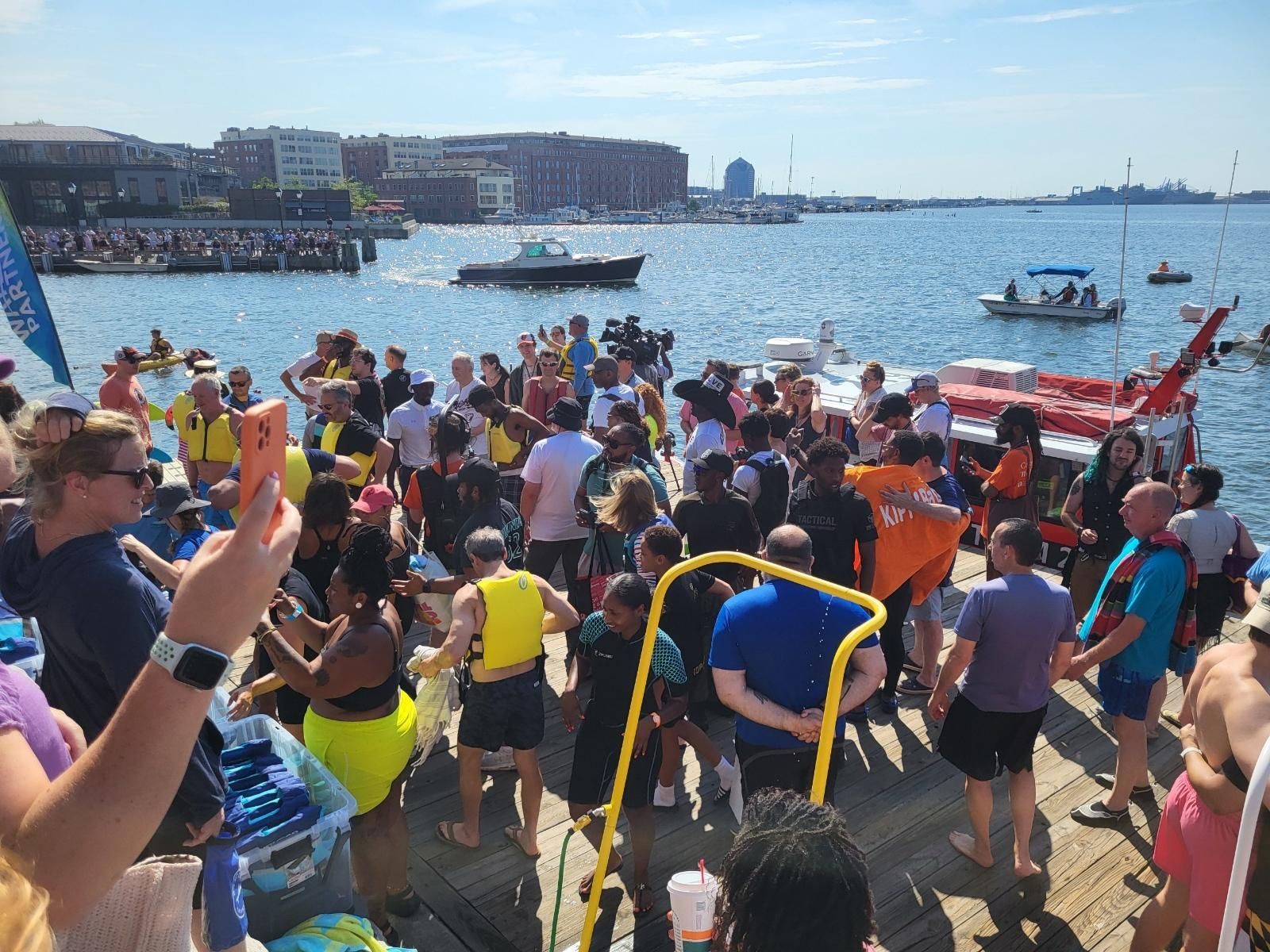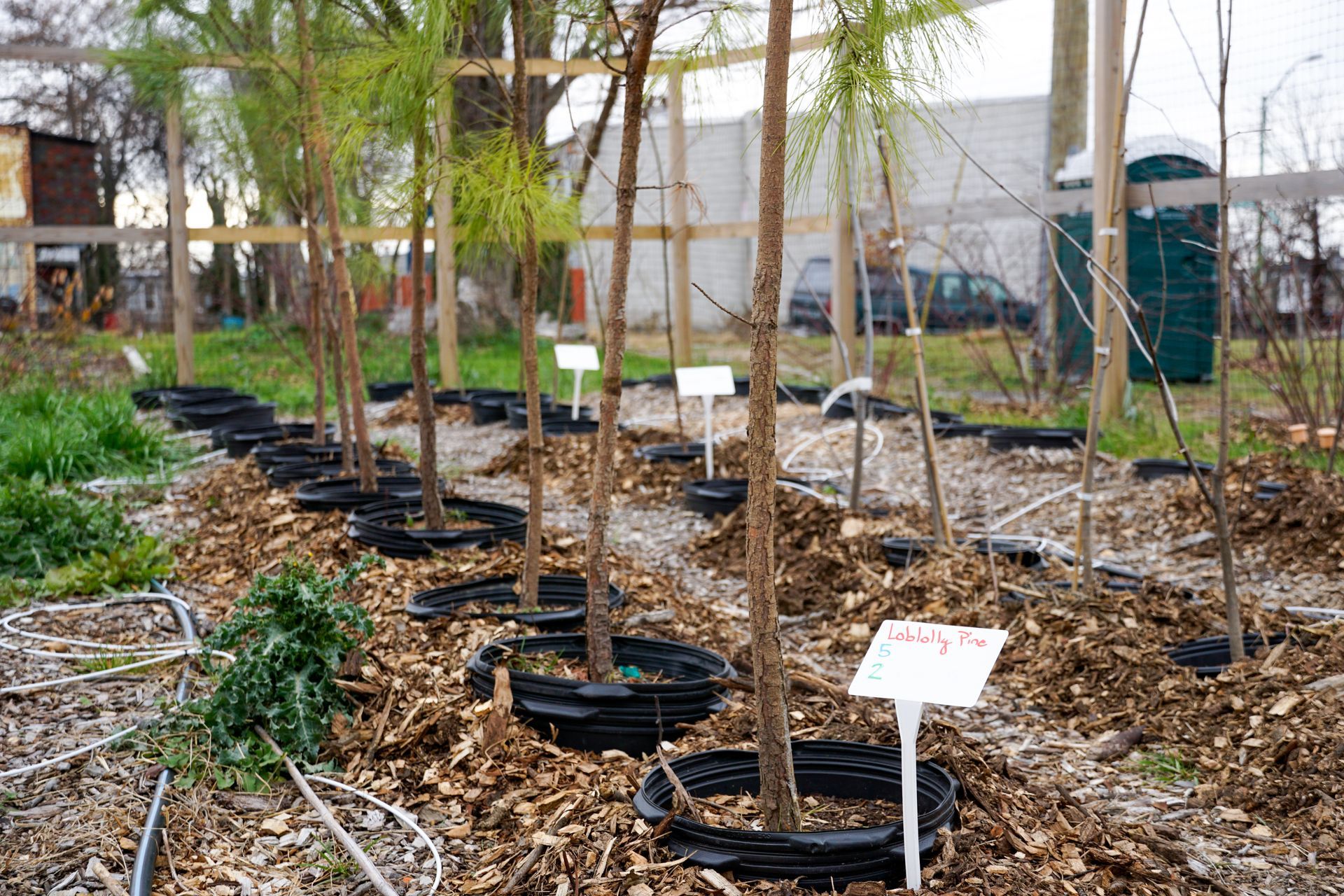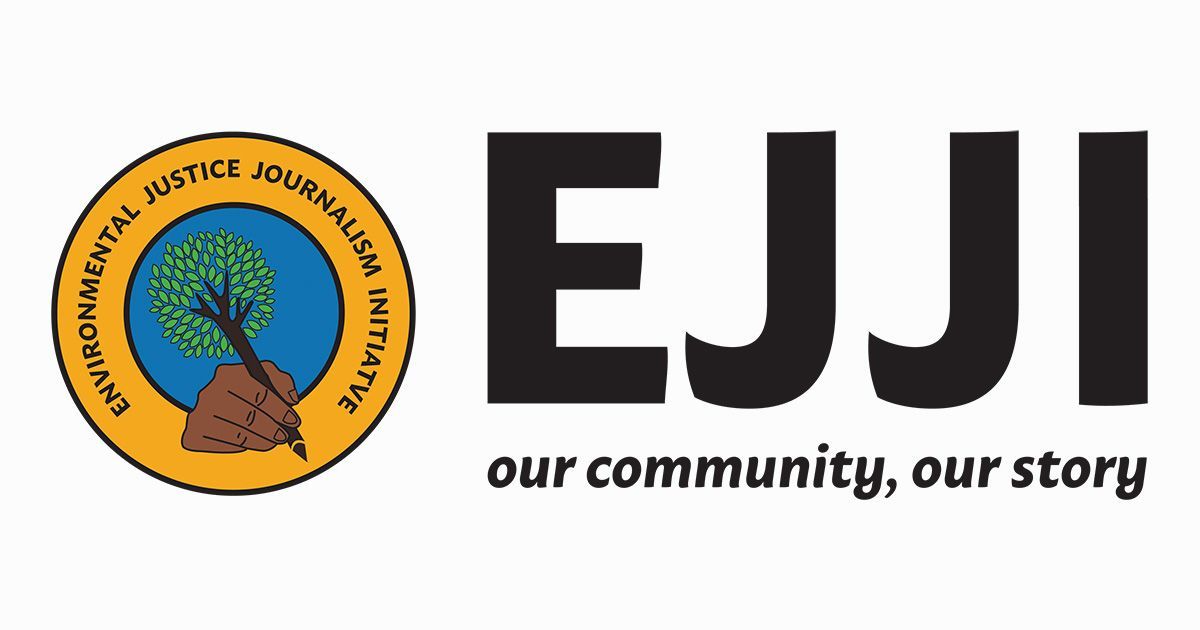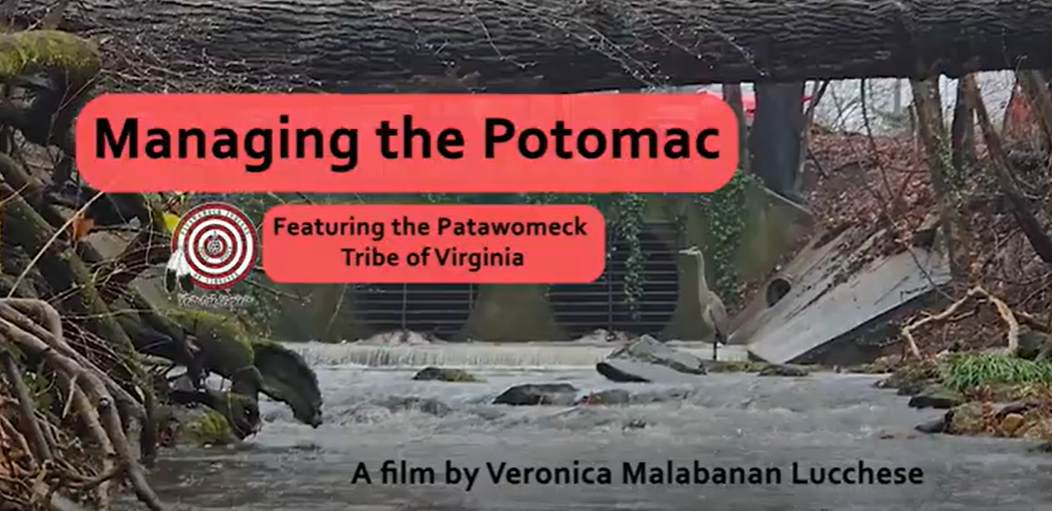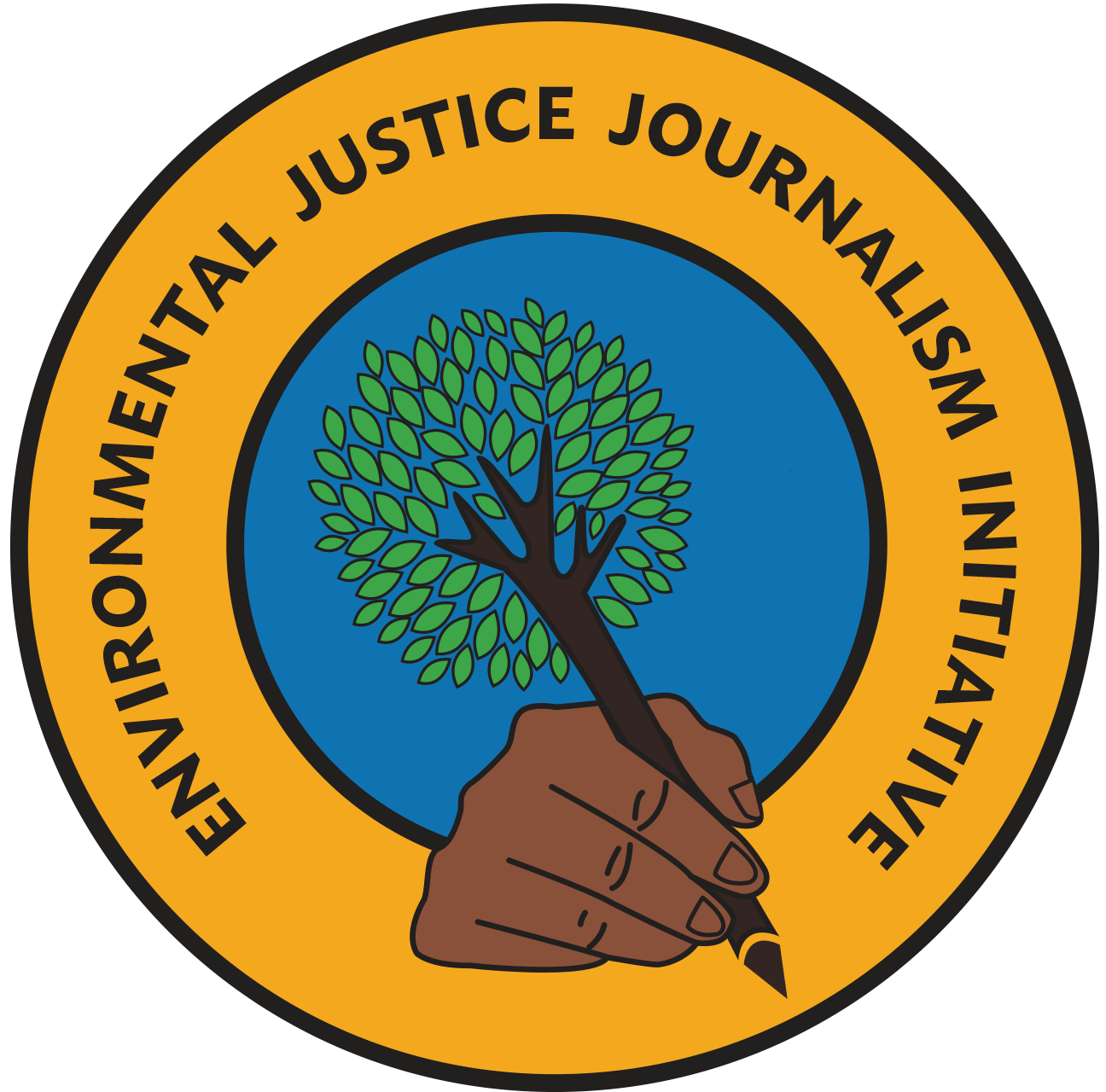In an age of heightened climate awareness, Baltimore City continues to suffer from numerous environmental hazards, particularly a high rate of air pollution. The issue highlights some underlying problems that exacerbate this pollution, specifically the lack of current, accurate data on air quality in most Baltimore neighborhoods, and the lack of regulations that allow major sources of pollution to affect residential areas.
The Maryland Department of the Environment records the Baltimore area’s air quality levels using monitors within and beyond Baltimore City. It is a useful large scale assessment of the Baltimore area’s air quality, showing that air quality has marginally improved since 2013. As a whole, however, these measurements consistently continue to straddle the line of 50 AQI, between “good” and “moderate” air quality. Moreover, the MDE’s data does not specifically focus on Baltimore City. The American Lung Association provides specific data on the city’s air quality from the Environmental Protection Agency’s Air Quality System, showing that Baltimore City has supposedly reached an annual average of near zero high particle and ozone days since 2000.
Though the data goes back several decades, the data collected on Baltimore from the EPA does not accurately represent all of Baltimore City. According to Alison Cawood, director of public engagement at the Smithsonian Environmental Research Center (SERC), the only permanent EPA air quality sensor in Baltimore is located in Lake Montebello, in the northeast area of Baltimore City. This means most of Baltimore’s current air quality is being monitored from that one location, and air quality alerts in Baltimore are triggered based on data from one signal.
“If you’re in a community and you feel like there are many concerns that are more specific to where you live and where you are, that is not going to cover it,” Cawood stated. “It’s also not data that people have immediate access to, necessarily.”
Of all the regions in Baltimore City, this narrow coverage of the city’s air particularly neglects the southern region of the city, South Baltimore. This is a critical oversight considering that South Baltimore has historically been an industrial powerhouse, particularly at the time of its integration into Baltimore City in 1919.
Chloe Ahmann, an anthropologist from Cornell University, explained that the city essentially annexed this collection of neighborhoods for their industrial profits and the potential of additional tax revenue.
“But this doesn’t actually fundamentally change the city’s relationship with these communities, which continues to be treated as a space of regulatory exemption and burdened with all sorts of nuisance projects,” Ahmann added.
Because South Baltimore did not have the same public health regulations as the city, many industries were able to move in and set up more industrial projects with hazardous environmental byproducts. During World War II, South Baltimore manufactured military assets with other communities in the country, after which multinational corporate actors established more facilities that created toxic materials. South Baltimore continues to host facilities like these today with the establishment of more polluting sources such as the WIN waste incinerator and the CSX coal terminal.
